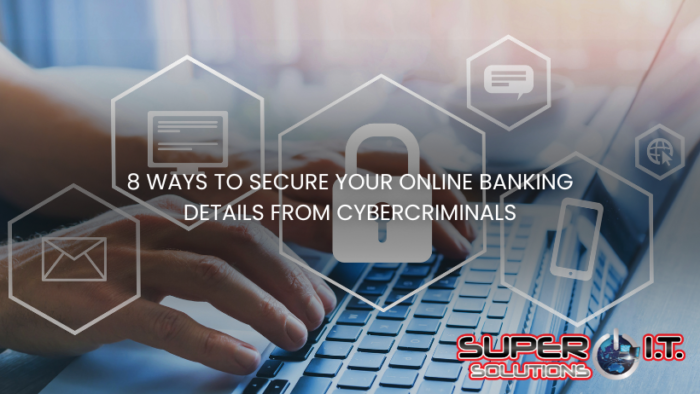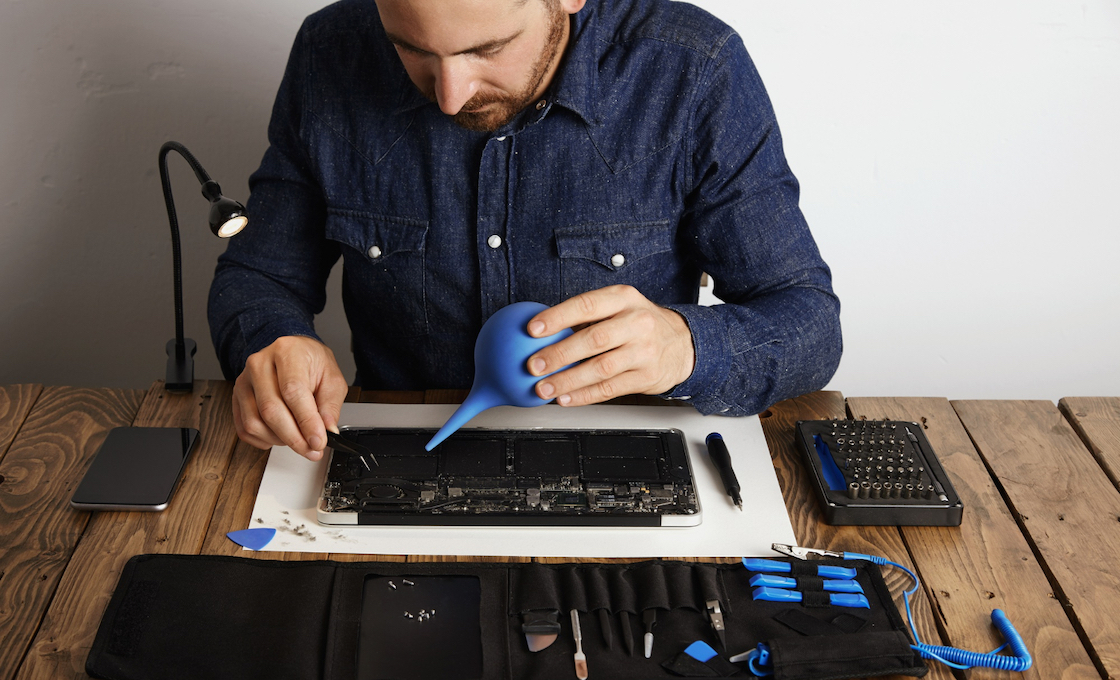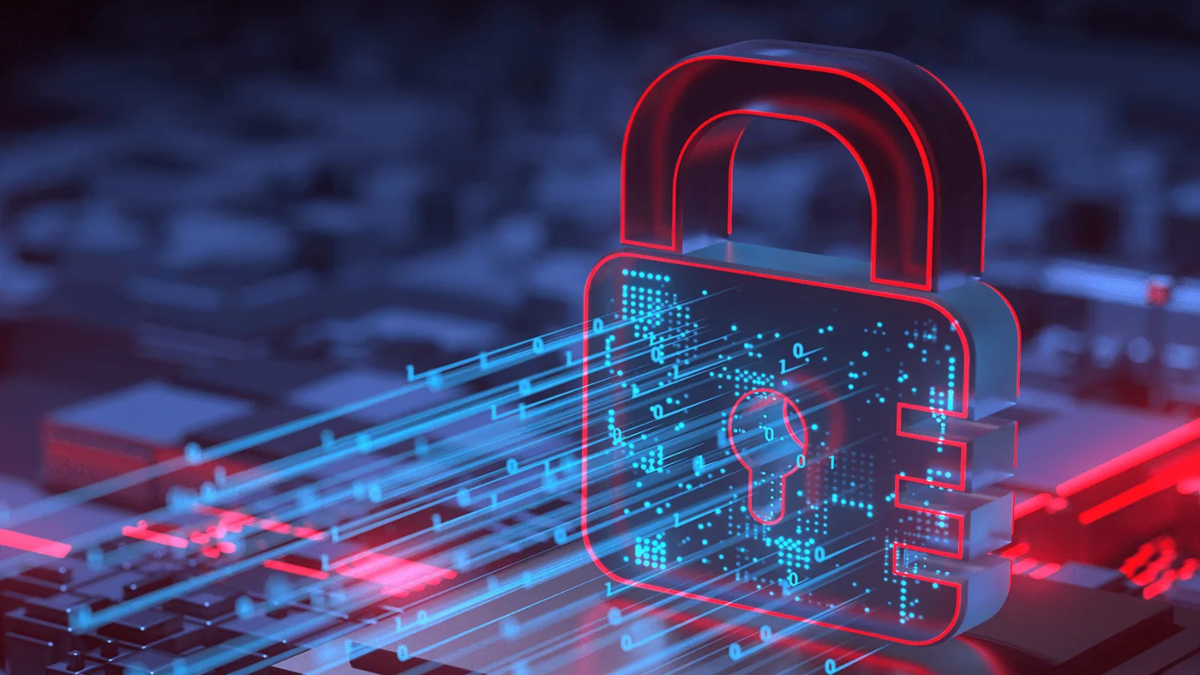Aug 10 2022
Cybercrime costs Aussies over $30b each year. Social engineering is causing us to become so relaxed with what we share, that cybercriminals are taking advantage. Keep reading to see 8 ways you can secure your online banking details from cyber criminals.
From a social engineering perspective, keeping personal details private is your first port of call. Social engineering from a security point of view, means data you provide to the outside world, can be used to engage your financial institutions and other online transactional sites.
eg. a cybercriminal may take note of your name and phone number, then contact your financial institution and say they have lost access to their bank, then use information they have learnt from your social media sites, such as children’s names or names of your pets to bypass security questions. They can then access, redirect and use your funds as they wish.
Cybercriminals can also access your details by tricking you into installing malware onto your device. This compromises the security of your ‘secure logins’ with your financial institution. It can also trick your Anti-virus into not recognising the attack until its too late.
These are only two examples, but cybercrime is constantly increasing and its not your run of the mill “hackers” you think about. It’s anyone with access to your personal information, or knows enough detail about you to be able to worm their way into your accounts.
So, what can you do to secure your online banking details?
-
Anti-virus
Make sure you have a high-quality anti-virus on your devices. Standard anti-virus protections used to be the go-to when it comes to keeping logins secure, however as cybercrime intensifies and becomes more sophisticated, so too does anti-virus protection. EDR or End-point detection constantly monitors and responds to any and all threats and malware across your devices, in real time. EDR is an ever evolving system that keeps up-to-date with all malware attacks, as they happen.
-
Two-Factor Authentication
Two-factor Authentication or multi-factor authentication as it is also known is another great step in keeping your account secure. Utilising these across multiple platforms instead of just the standard SMS code is well worth the few seconds of inconvenience. You can set up your 2FA or Multi-FA via email, SMS, software tokens, and also Google’s Authenticator app.
-
Text alerts
Text alerts from your financial institution are a great way to keep track of what is going out of your bank. Yes, we know that SMS can be compromised. However, in the case that your number hasn’t been taken, seeing what is being deducted in real time can assist you in taking control of the situation before it becomes way out of hand.
-
Do not click links sent to you from a financial institution
Do not use any links that have been provided to you. Go directly to the website and enter your login details there. Links sent to you could be from a phishing site and even though it may look legitimate, may very well be a scam.
-
Only use secure networks, sites and mobile apps
Always use a secure network site or even the mobile app. If you need to do banking or transfers while out and about and a “free-Wi-fi” option pops up, it is best to avoid that as you would your mother-in-law. Anyone can access these free wi-fi networks and access everything that is being shared. If you are using the website, make sure it is secure (eg. HTTPS). Mobile apps have in-built securities already, so your information is kept secure.
-
Avoid Pop ups
Avoid pop-ups. Financial institutions should never have pop-ups as their security measures are so thorough, they should never get through. If you do see pop-up ads on your banking website, do not click on them. Close it down and go back into the secure website, and try again. If you have further concerns, contact your financial institution directly.
-
Update your strong password frequently
Have a strong password and change it often. A secure password should be a mix of upper case letters, lower case letters, numbers, and characters. Avoid using names of children, pets, and spouses, or the street you live on etc. Update these often, and if you have been compromised, login to a secure site and change them.
-
Utilise Device Locks
Finally, locking your devices with biometrics (finger and face ID), PIN and passwords can help keep people out and unable to access your personal information. Remember, it isn’t just the guy in the dark hoodie behind a computer screen anymore, people able to access your personal details right next to you can defraud you, so stay vigilant and secure your online banking details from cyber criminals, today.
Like this article? Follow us on Facebook for more info, hints and tips!












